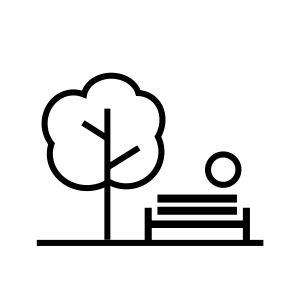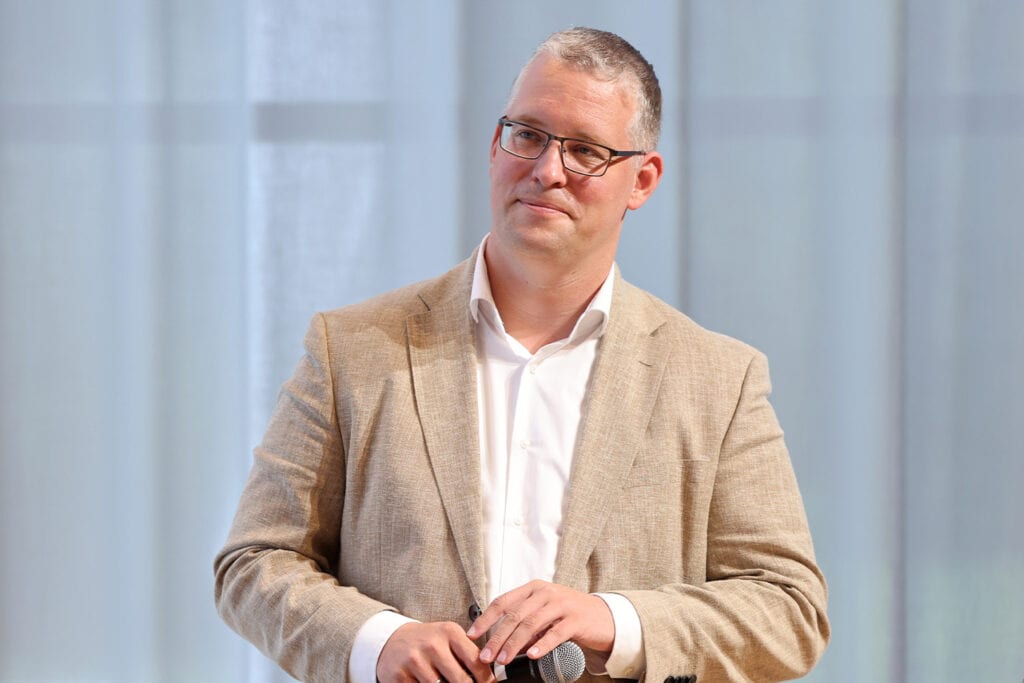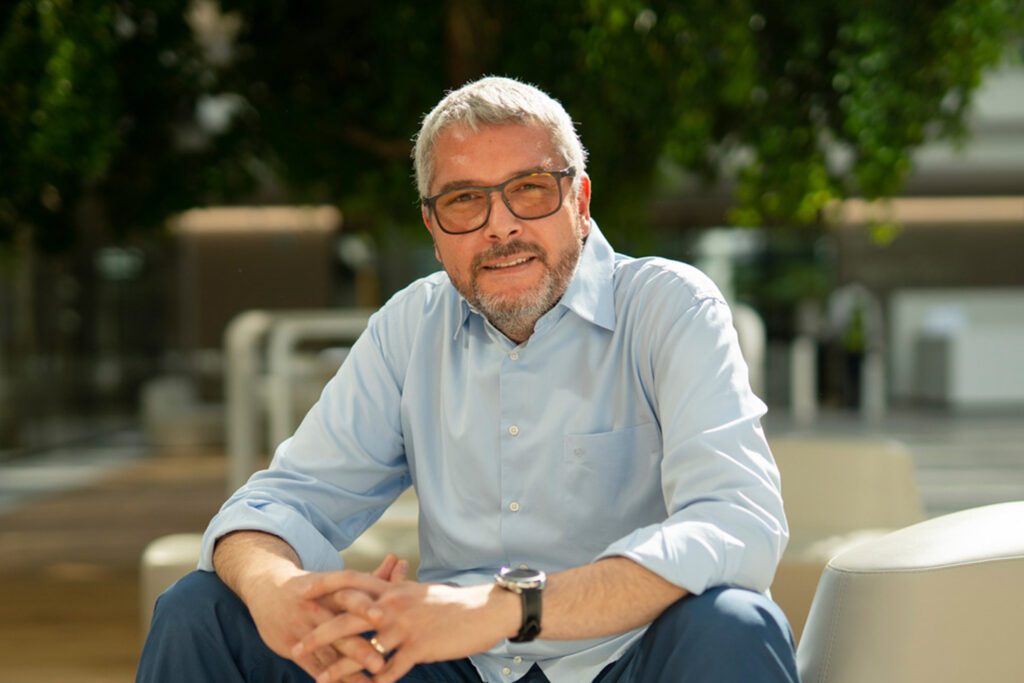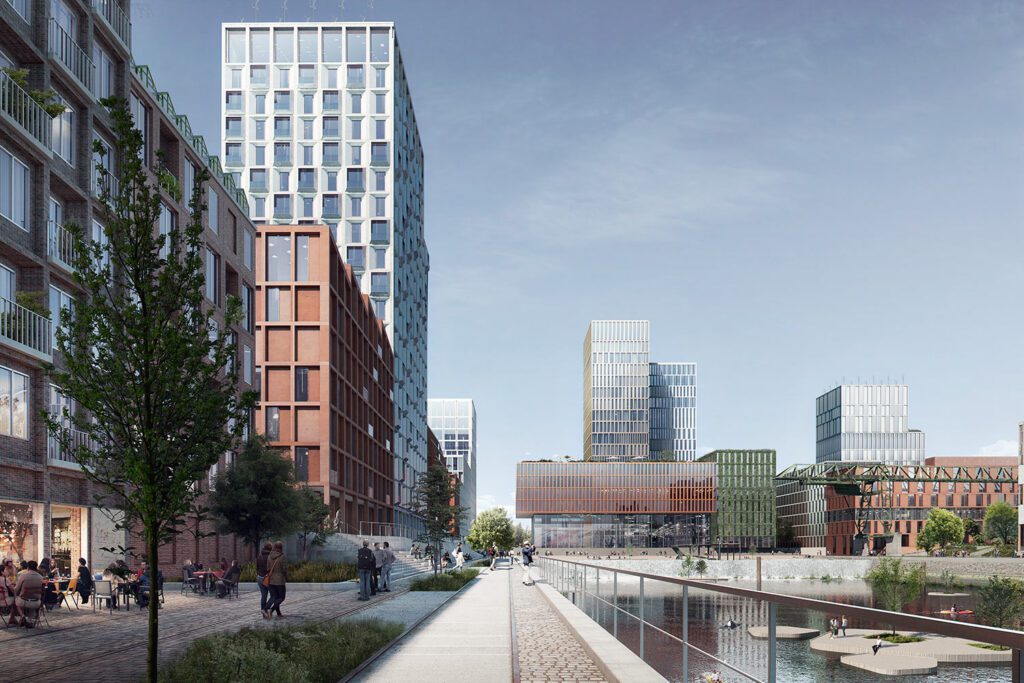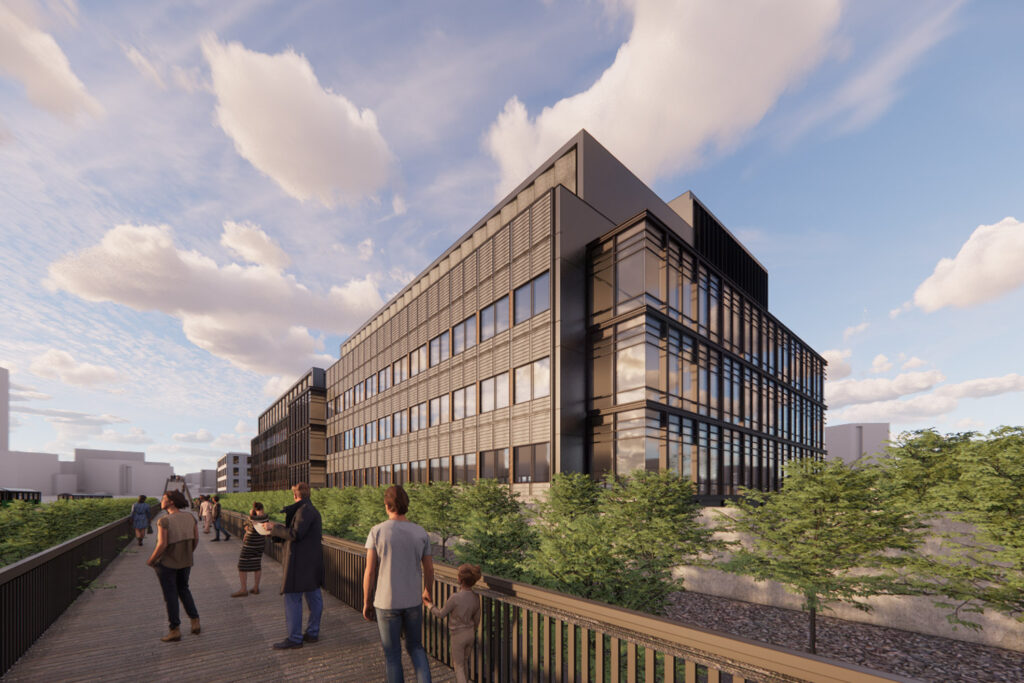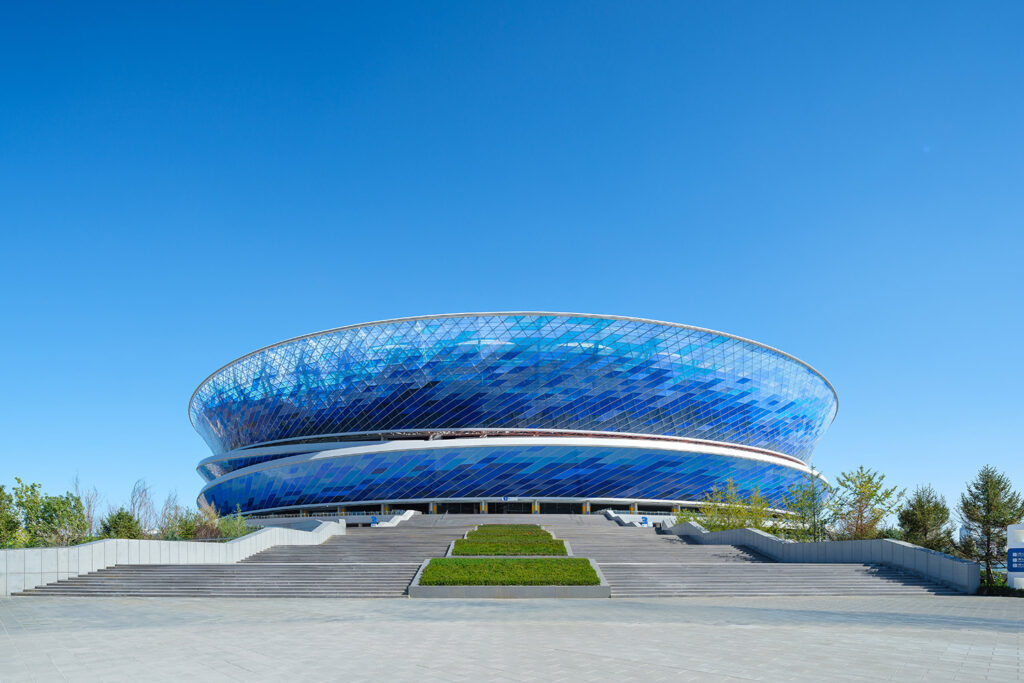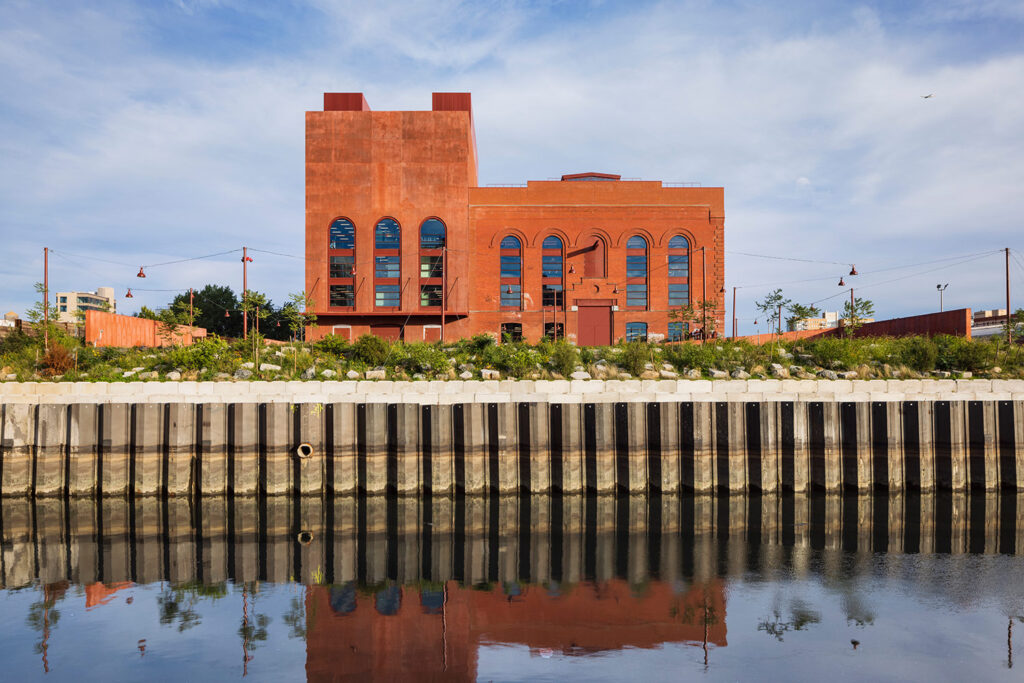
Spreepark
Berlin, Germany
Project details
Client
Grün Berlin GmbH
Duration
2020 – ongoing
Services provided by Buro Happold
Design Project Management, Energy consulting, Sustainability, Waste management
Spreepark is an amusement park in the former East Berlin with an eventful past. After standing neglected for almost two decades, this ambitious regeneration project will see the Spreepark transformed into a new public park with sustainability at its heart.
The new park will expand local recreation and leisure facilities by offering the opportunity to experience and discover art and culture in a public space. Inspired by its past, a public open space will once again be created in the district Treptow-Köpenick for all citizens and visitors to the city.
In designing Spreepark, planners, architects, engineers and artists have worked closely with the Senate Department for the Environment, Transport and Climate Protection, the district of Treptow-Köpenick and Grün Berlin from the very inception of the regeneration project.
Old buildings and rides will become stages for culture and art with a programme that provides special experiences in everyday life. The concept has been developed in consultation with citizens, with the redevelopment of the site set to be an ongoing transformation, delivered in stages.
Buro Happold was engaged to provide consultancy around the development and implementation of the sustainability concept for this important component of Berlin’s urban development.
Challenge
With an integrated concept, a new standard for sustainability and its experience – edutainment – is to be established for inner-city parks. Six dimensions form the cornerstones of the concept, which, in the sense of an holistic approach, respects the past of the park while addressing future (climatic) challenges already today.
Art, culture and nature: In order to harmonise the planned art and culture uses with nature in the park and the adjacent protected areas, the site will be zoned into occupied (focus on art and culture) and less occupied, natural areas (focus on nature).
Biodiversity and climate mitigation: Species protection, climate-resilient plant selection, unsealing of areas, preservation and development of open water areas, microclimatic comfort and rainwater retention are objectives of this dimension to mitigate worsening climate change and to be able to react flexibly to changing framework conditions.
Life cycle and value stability: In order to preserve values in the long term, environmental risks (e.g. heavy rainfall events) are taken into account. The life cycle costs of the Spreepark are to be determined at an early stage and included in the planning. A re-use of materials is planned.

Circularity: The goal is to use recyclables as sustainably as possible and to build up material cycles. Part of the concept provides for rainwater management, for example, to save drinking water. In addition, a standard for the selection of building materials was developed that simplifies the consideration of various sustainability issues in the planning process.
Innovation and technology: These are key components to achieve climate goals by 2050. The sustainable energy concept aims to reduce energy demand through measures such as an intelligent lighting network with LEDs, heating and cooling supply via decentralised heat pumps and efficient energy generation. With photovoltaic systems on large roof areas, up to 25% of the annual electricity demand can be self-generated.
Experience and transform: Individual measures for the parks programme should be integrated into an overarching, interdisciplinary environmental education concept to facilitate sustainable changes. The consideration of diversity and accessibility is essential. As an elementary part of the experience, transparent and public reporting on sustainability issues will also be part of the concept.
Solution
The cross-cutting theme of resilience runs through all dimensions. Specific, verifiable target indicators are assigned to the individual dimensions, which will help the sustainability of the park to be quantitatively traced.

Value
With the early and holistic sustainability concept, our consultants created the basis for introducing the goals into the planning via specifications and for ensuring their implementation in the execution and operation of the park. Striving for a respectful treatment of the existing elements, the principle of conversion before demolition was applied to ensure relatively little new building mass and to preserve the character of the park.
Site certification was identified as an important element of quality assurance for the planning, execution and operation of Spreepark. Since none of the existing certification systems consider the specifics of parks, this project enabled the development of criteria for the new DGNB Parks certification.
Spreepark is setting the standard for the future development of sustainable parks. The project is Germany’s first park with a pre-certification in DGNB Platinum.


